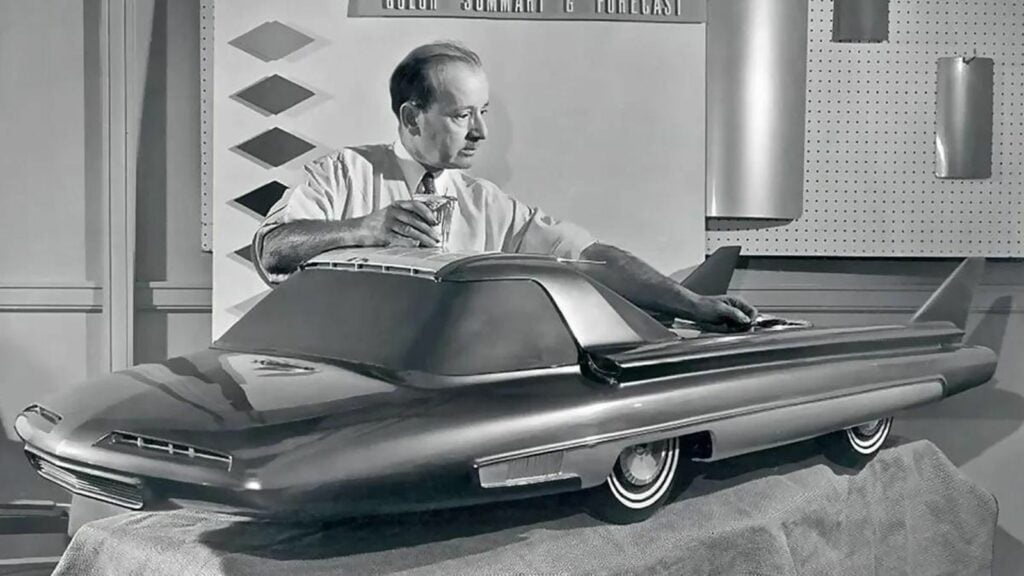Automotive history is a goldmine of innovation, some of which turned out to be groundbreaking, while others… well, let’s say they left us scratching our heads. Throughout the years, car manufacturers have experimented with various features, often aiming for the future but sometimes landing in the realm of the absurd. Here are 15 bizarre car features that never reached the prototype stage.
The Rotating Dome of the 1961 Ford Gyron
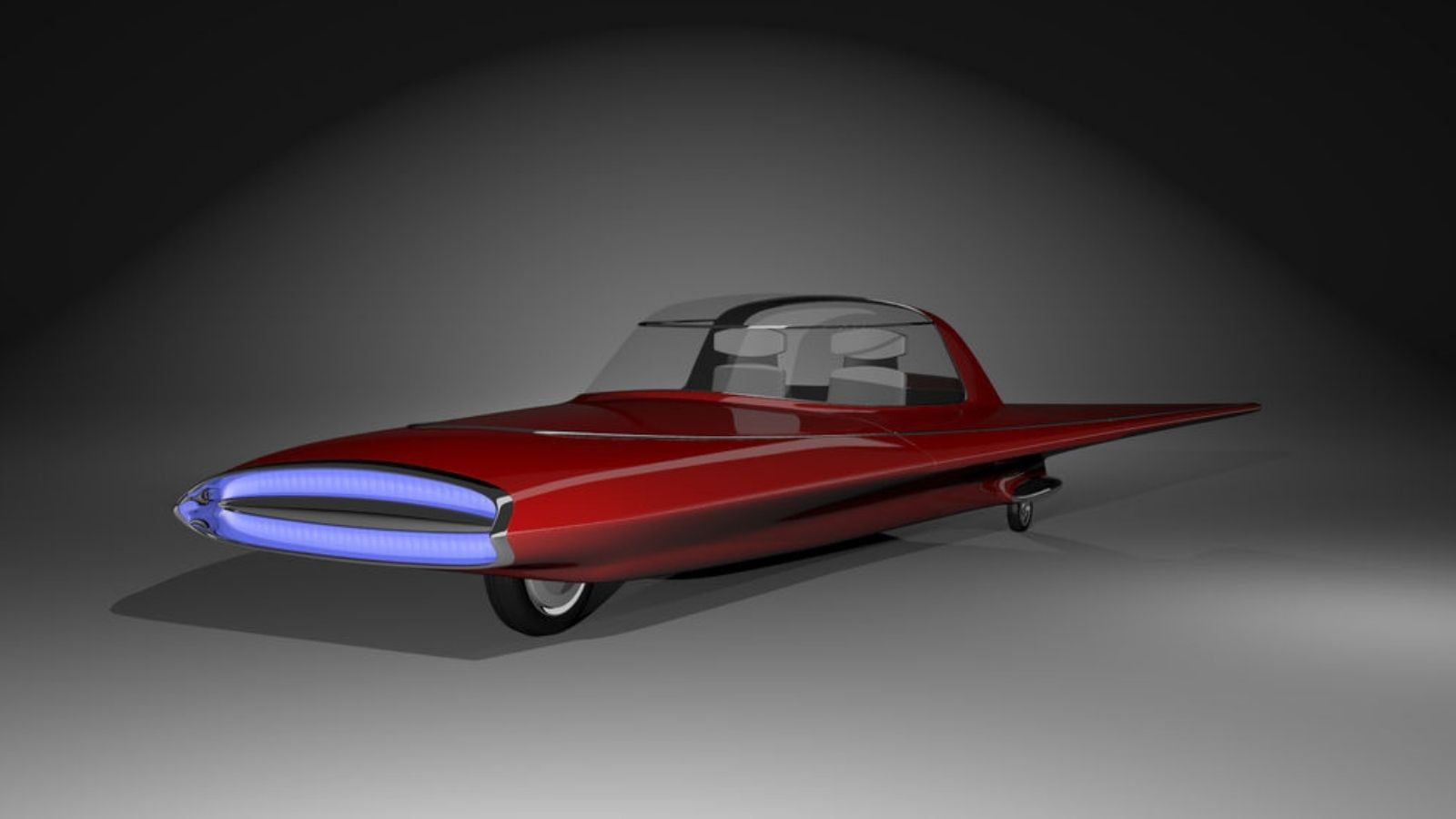
In 1961, Ford introduced the Gyron, a futuristic concept car with a feature straight out of a science fiction novel: a rotating dome. This two-seater, gyro-stabilized car was designed to maintain balance on just two wheels. The rotating dome served as a canopy, enclosing the passengers in a bubble of glass that rotated to allow entry and exit. While the idea of a gyro-stabilized vehicle was intriguing, the rotating dome was ultimately deemed impractical for everyday use.
The Propeller-Powered Helicron
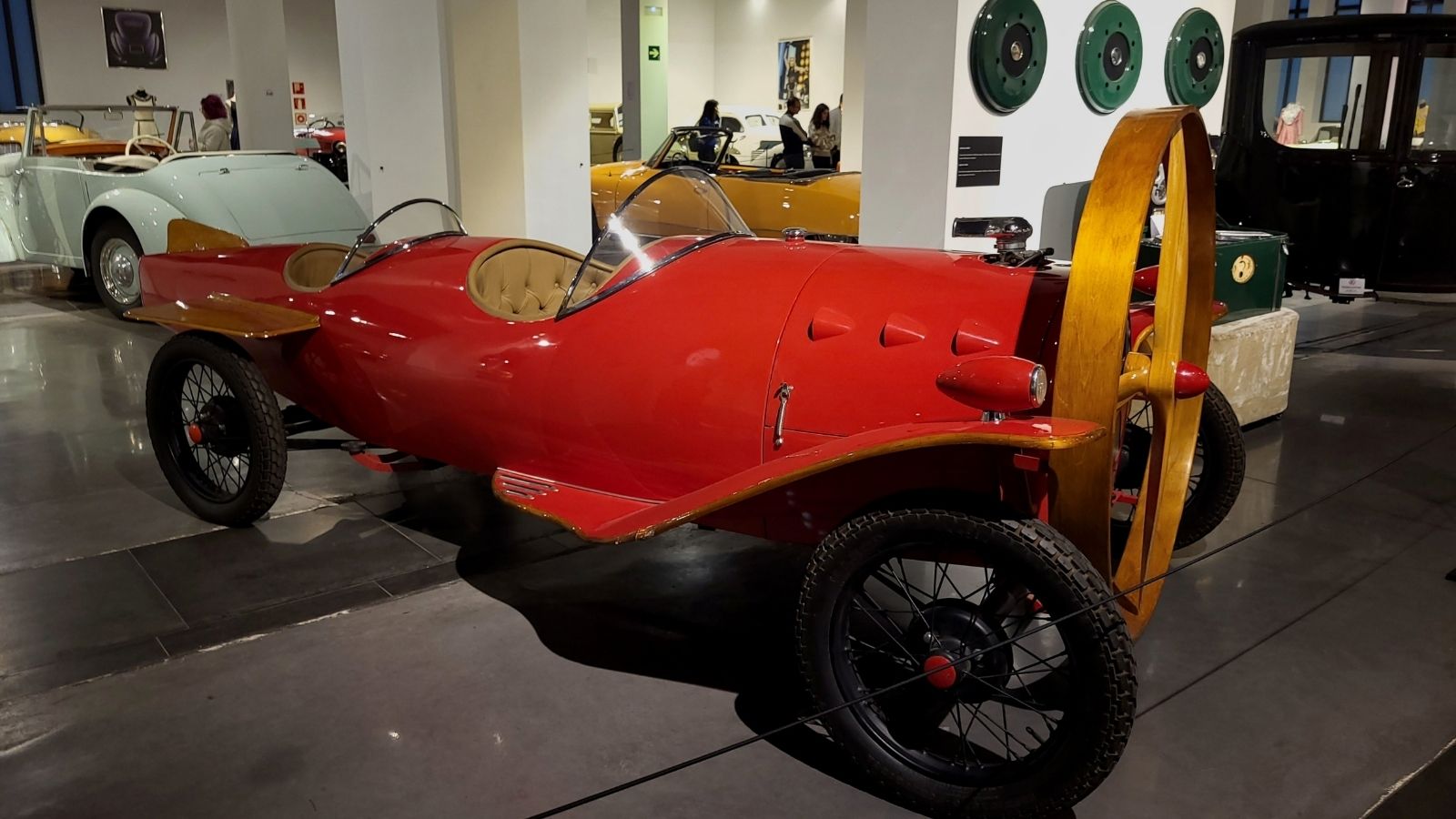
Imagine a car that looks like it belongs on the set of a 1930s aviation film. The Helicron, a French prototype from the 1930s, featured a front-mounted propeller instead of a conventional engine. This bizarre design aimed to merge automotive and aviation technologies, promising a new driving experience. However, the dangers of an exposed, high-speed propeller on public roads were evident, and the Helicron never saw mass production.
The Chrysler Turbine Car’s Jet Engine
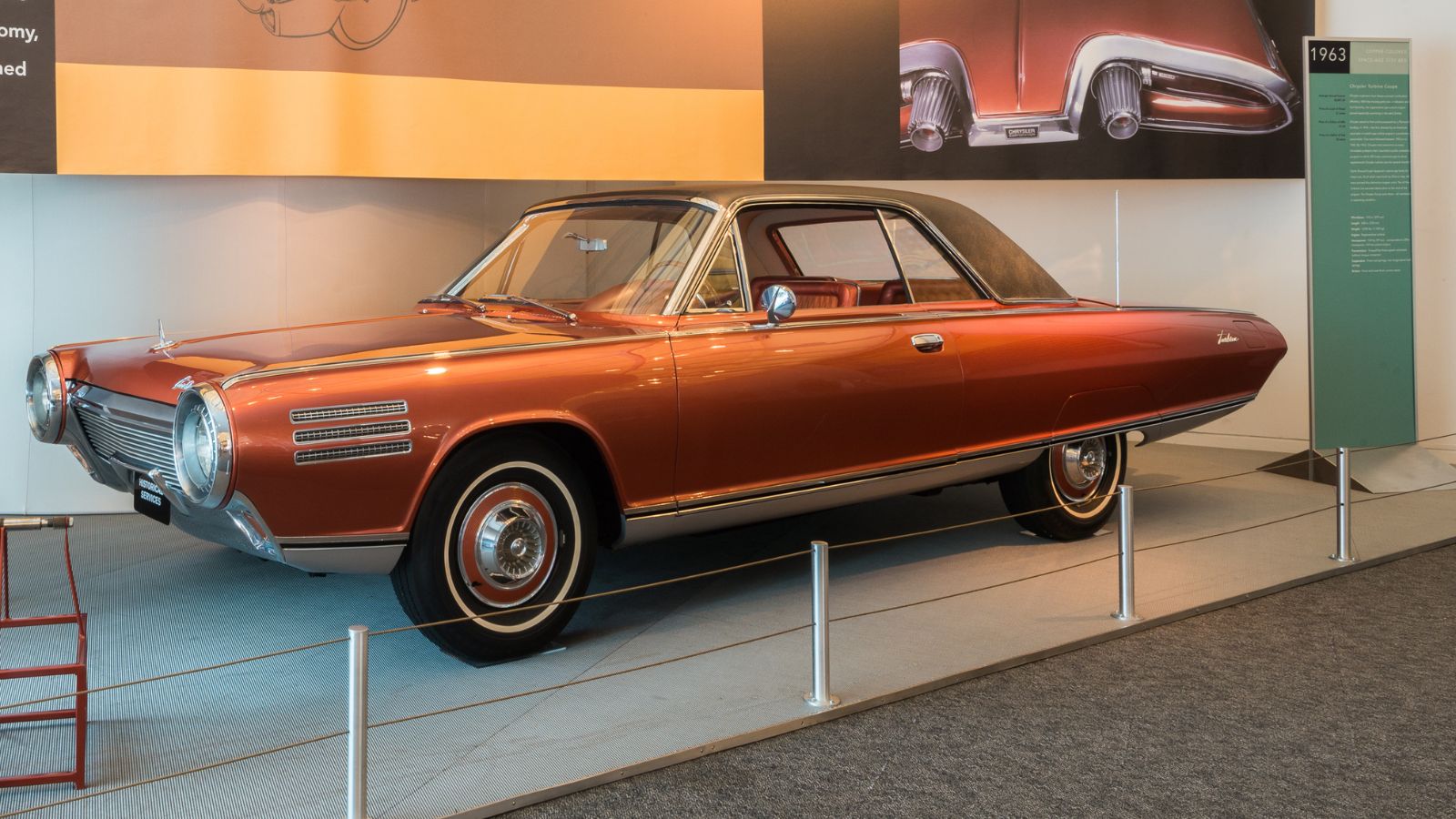
In the early 1960s, Chrysler experimented with turbine engines, typically found in jet aircraft, for use in cars. The Chrysler Turbine Car featured a jet-like engine that could run on various fuels, including diesel, kerosene, and tequila. Despite its impressive power and fuel versatility, the car’s high production costs and complex maintenance requirements grounded this jet-powered dream.
The Swivel Seats of the 1969 Dodge Charger
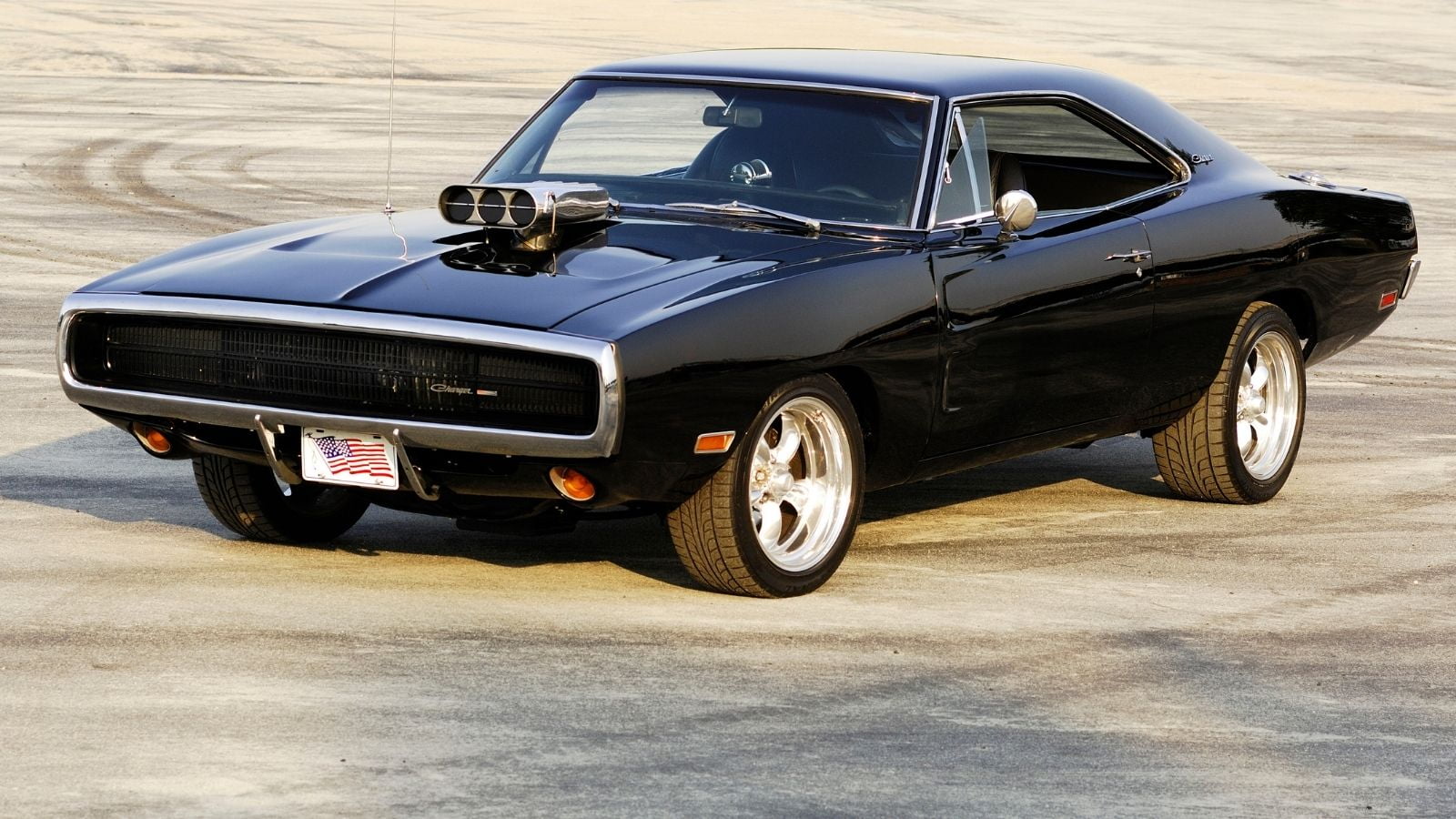
Swivel seats were an attempt to make car interiors more comfortable and accessible. The 1969 Dodge Charger, among other models, featured front seats that could rotate up to 90 degrees, making it easier for passengers to enter and exit the vehicle. At the same time, the idea had merit, safety concerns and the complexities of incorporating such seats into cars with modern safety standards led to their abandonment.
The Bubble Windows of the 1970 Lancia Stratos Zero
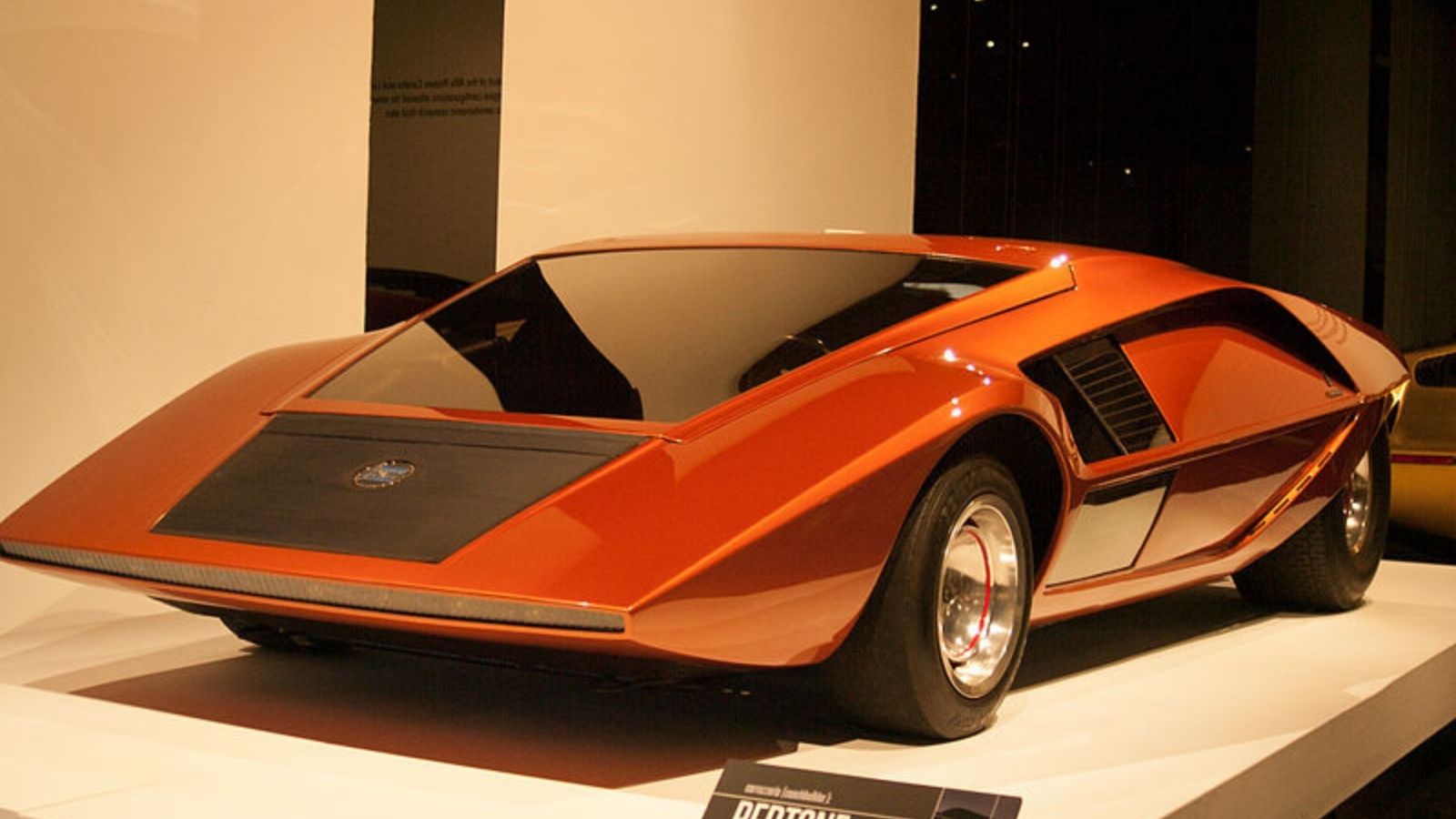
The Lancia Stratos Zero, an ultra-futuristic concept car from 1970, boasted a wedge-shaped design with bubble windows that wrapped around the driver. These convex windows offered an unparalleled panoramic view but created significant glare and distortion issues. Although visually stunning, the impracticality of bubble windows for everyday driving prevented them from making it to production models.
The Panhard Dynavia’s Teardrop Shape
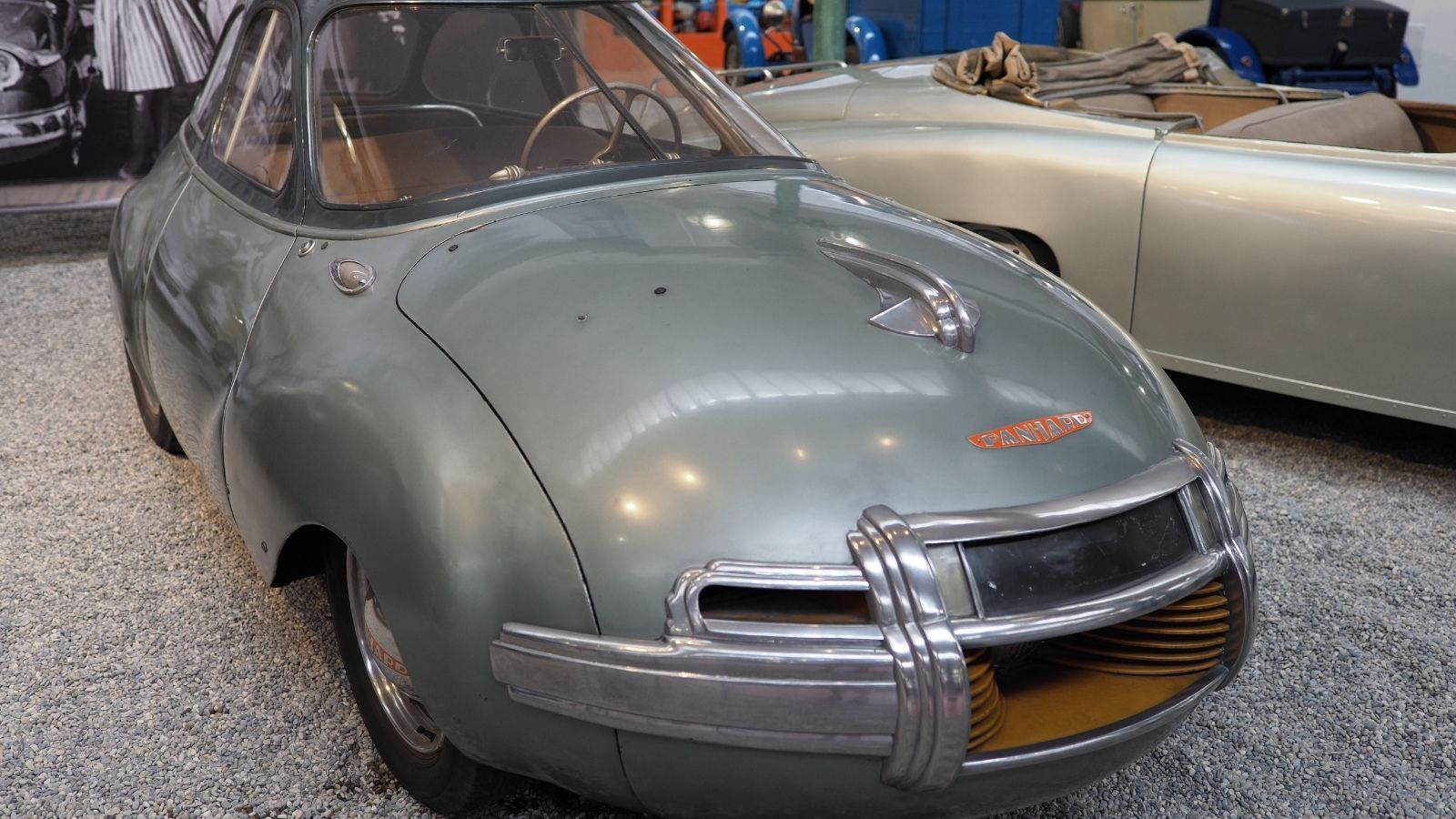
In 1948, Panhard introduced the Dynavia, a car with a teardrop shape designed for optimal aerodynamics. This ultra-streamlined vehicle featured a body made entirely of aluminum, minimizing weight and maximizing fuel efficiency. Even though Dynavia’s design was ahead of its time, its unusual appearance and manufacturing costs proved too high for mass production, relegating it to prototype status.
The Amphicar’s Land-to-Water Capabilities
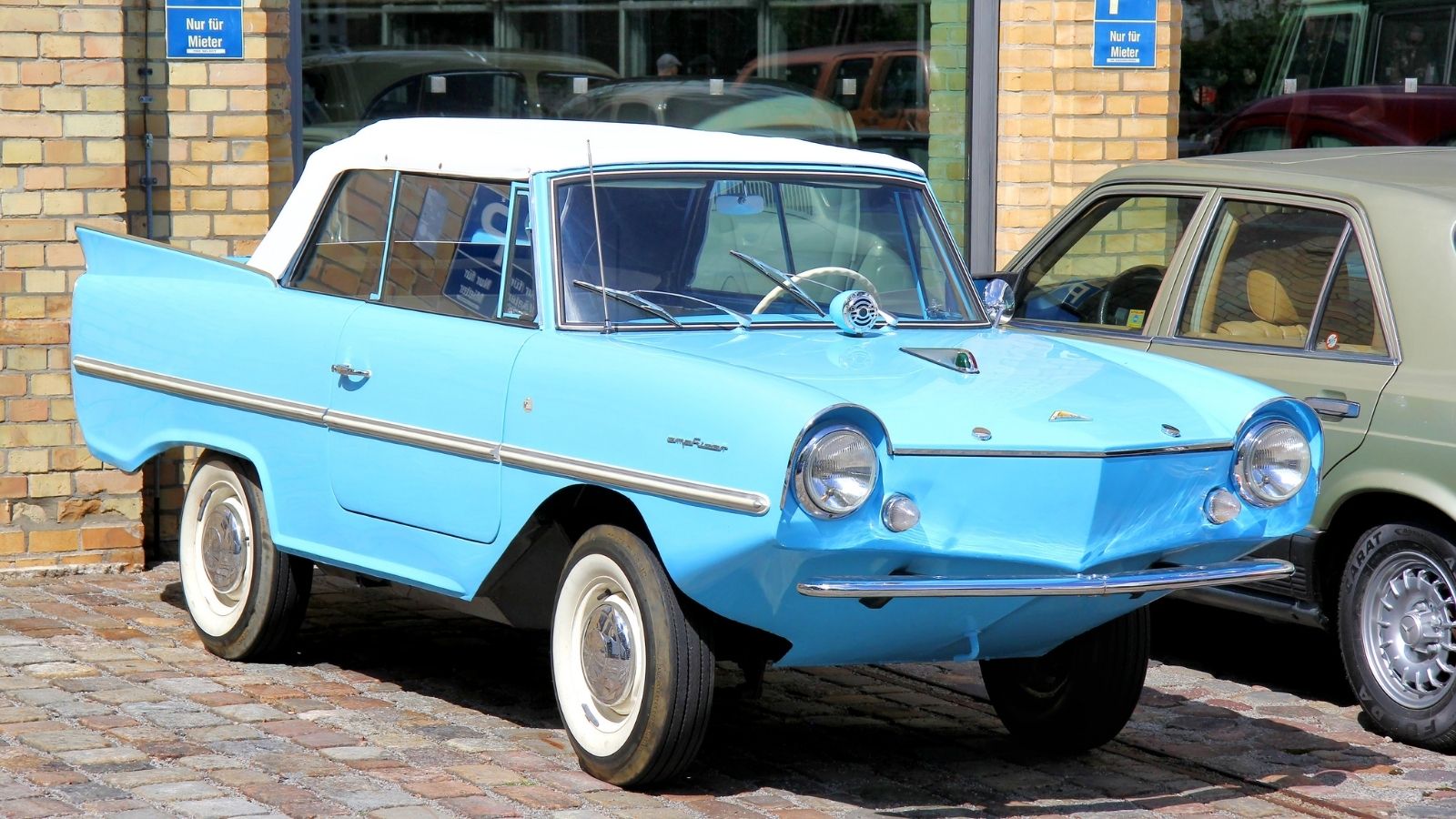
The Amphicar, a German vehicle from the 1960s, promised the best of both worlds: a car that could drive on land and float on water. This amphibious vehicle had a dual propulsion system, with a rear-mounted engine powering both the wheels and a pair of propellers. However, its mediocre performance on land and water, combined with high costs, led to its quick demise.
The Cadillac Cyclone’s Radar-Based Collision Avoidance
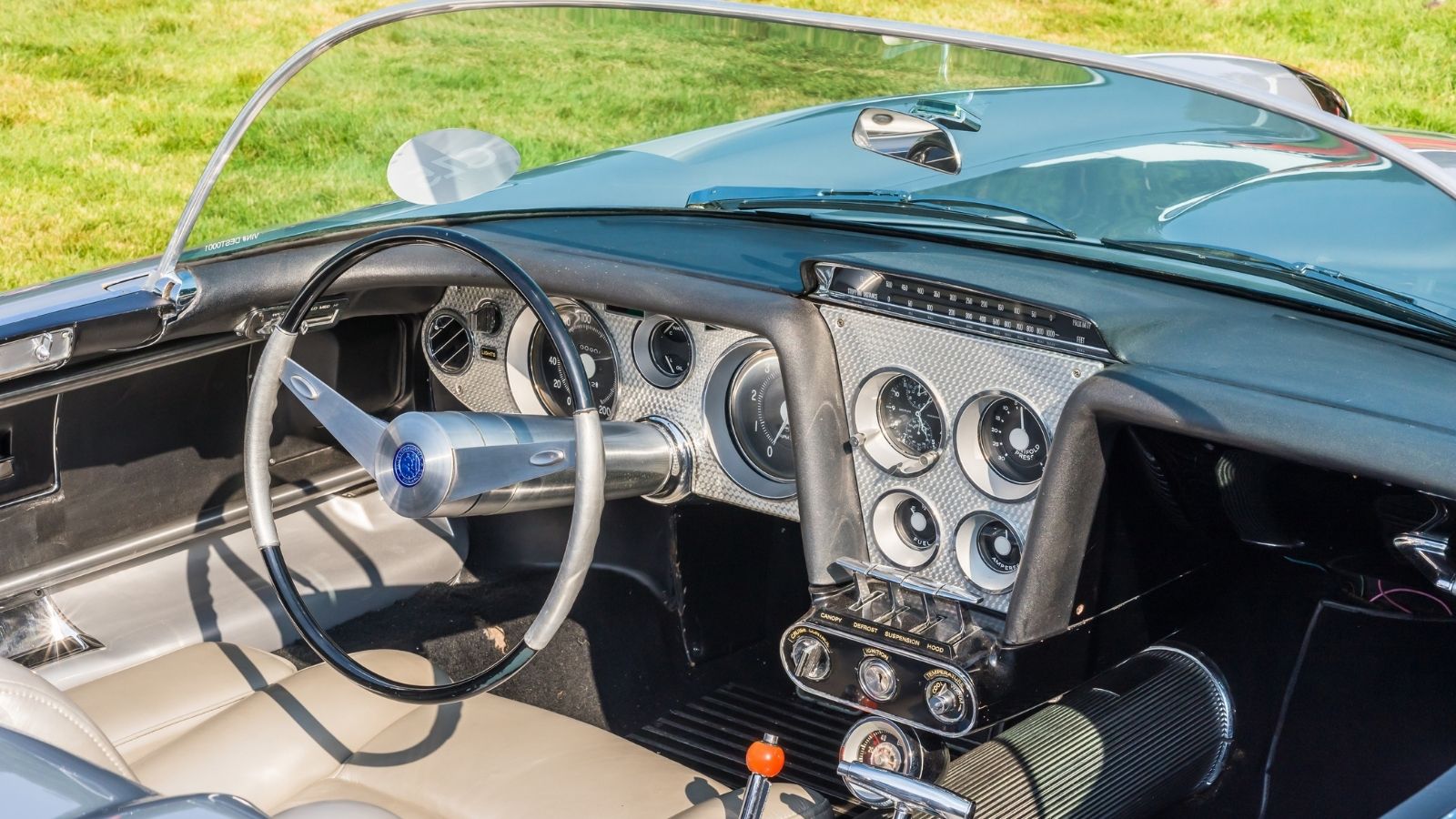
In 1959, Cadillac unveiled the Cyclone, a concept car equipped with a radar-based collision avoidance system. This early attempt at automotive safety featured radars housed in twin-nose cones designed to detect obstacles and alert the driver. Although a novel idea, the technology of the time was not advanced enough to make this system reliable or cost-effective, leaving it in the concept stage.
The Transparent Roof of the 1954 General Motors Firebird II
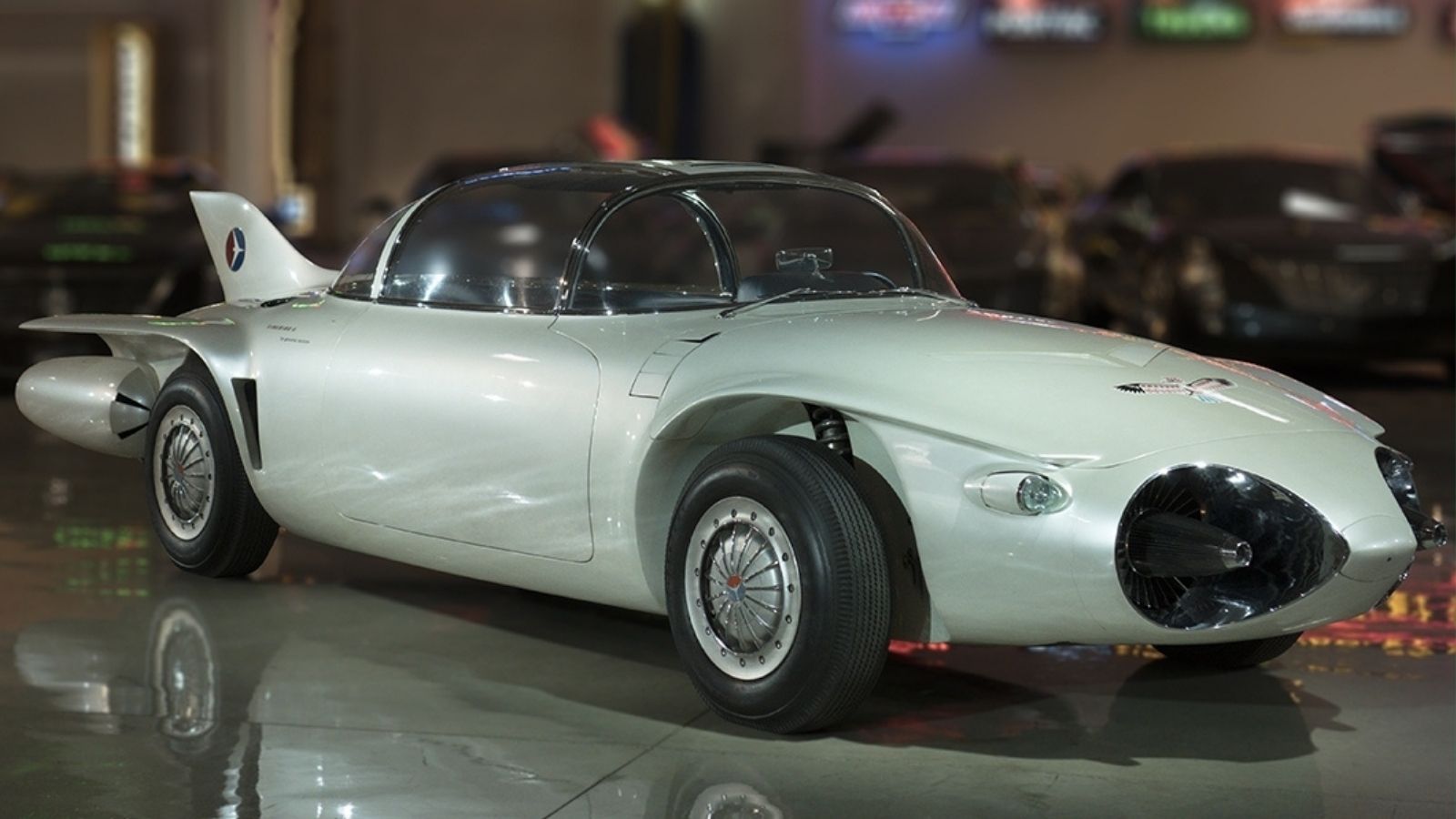
The General Motors Firebird II, introduced in 1954, featured a transparent canopy that gave passengers an unobstructed view of the sky. Made from plexiglass, the roof was intended to create an open, airy feel. Unfortunately, this design also resulted in significant heat buildup inside the car, turning it into a greenhouse on wheels. Despite its innovative appeal, the transparent roof was not practical for everyday use.
The Saab 9-X’s Rear-Mounted Cameras
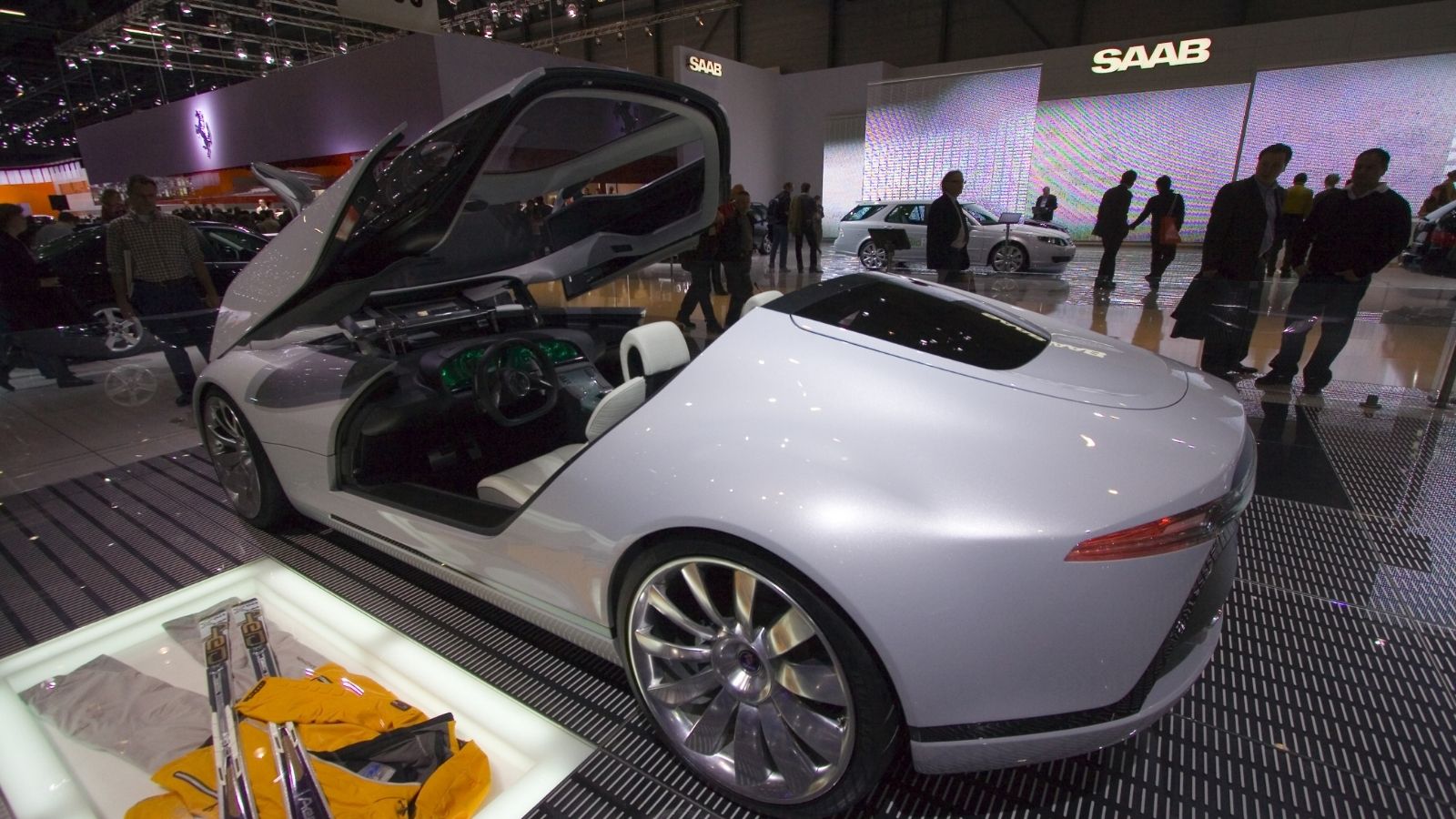
The Saab 9-X, a concept car from the early 2000s, replaced traditional side mirrors with rear-mounted cameras that displayed live footage on screens inside the car. This innovation aimed to improve aerodynamics and provide a clearer rear view. However, the technology was not yet mature enough to guarantee reliability, and regulatory issues surrounding the replacement of mirrors with cameras kept this feature from production.
The Lotus Esprit’s Submarine Mode
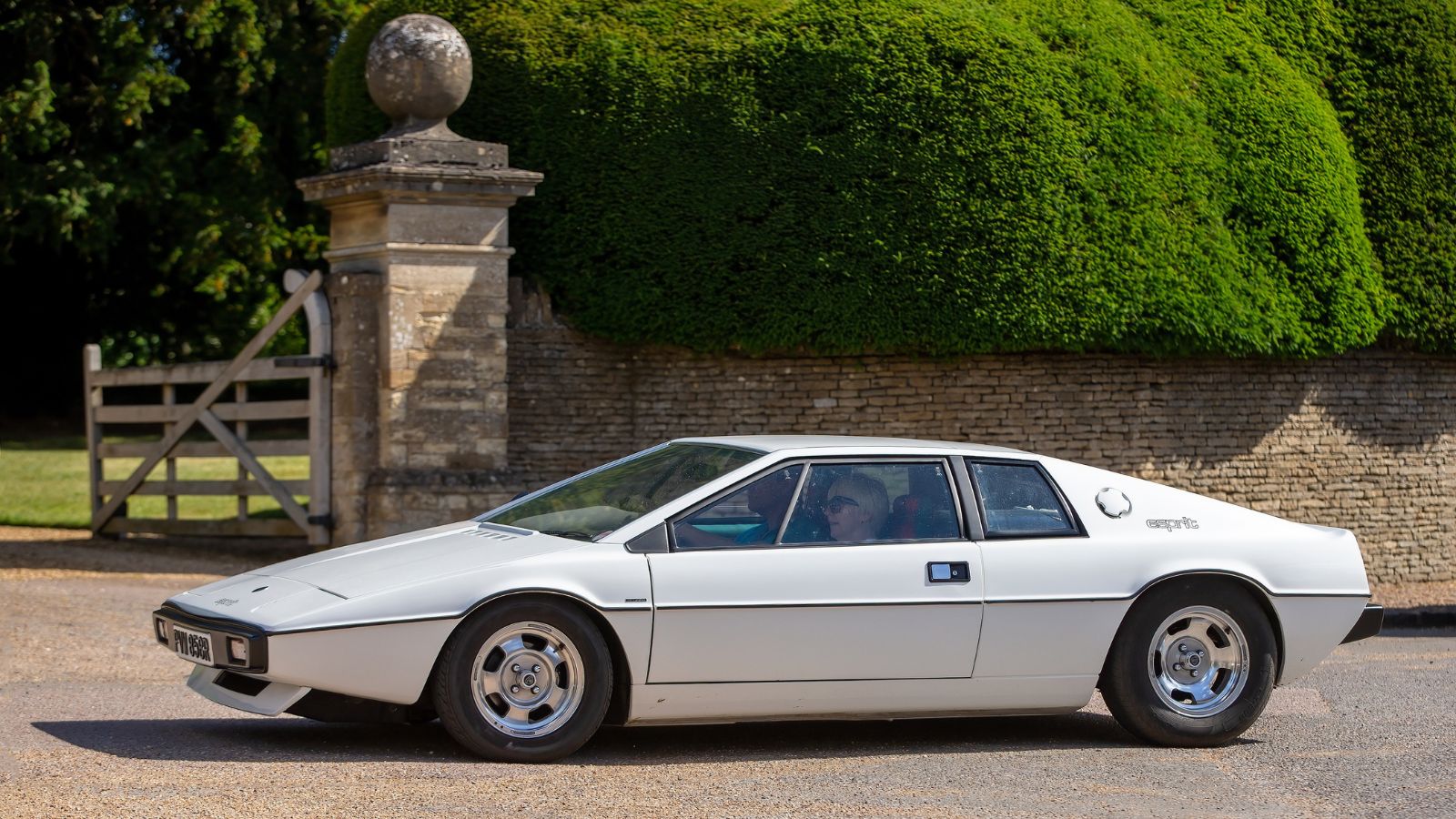
James Bond fans will recall the Lotus Esprit that transformed into a submarine in “The Spy Who Loved Me.” While this was purely a cinematic creation, Lotus did experiment with a version of the Esprit that could operate underwater. However, the engineering challenges and safety concerns associated with creating a functional amphibious sports car meant this project never went beyond the prototype phase.
The Citroën Karin’s Pyramid Design
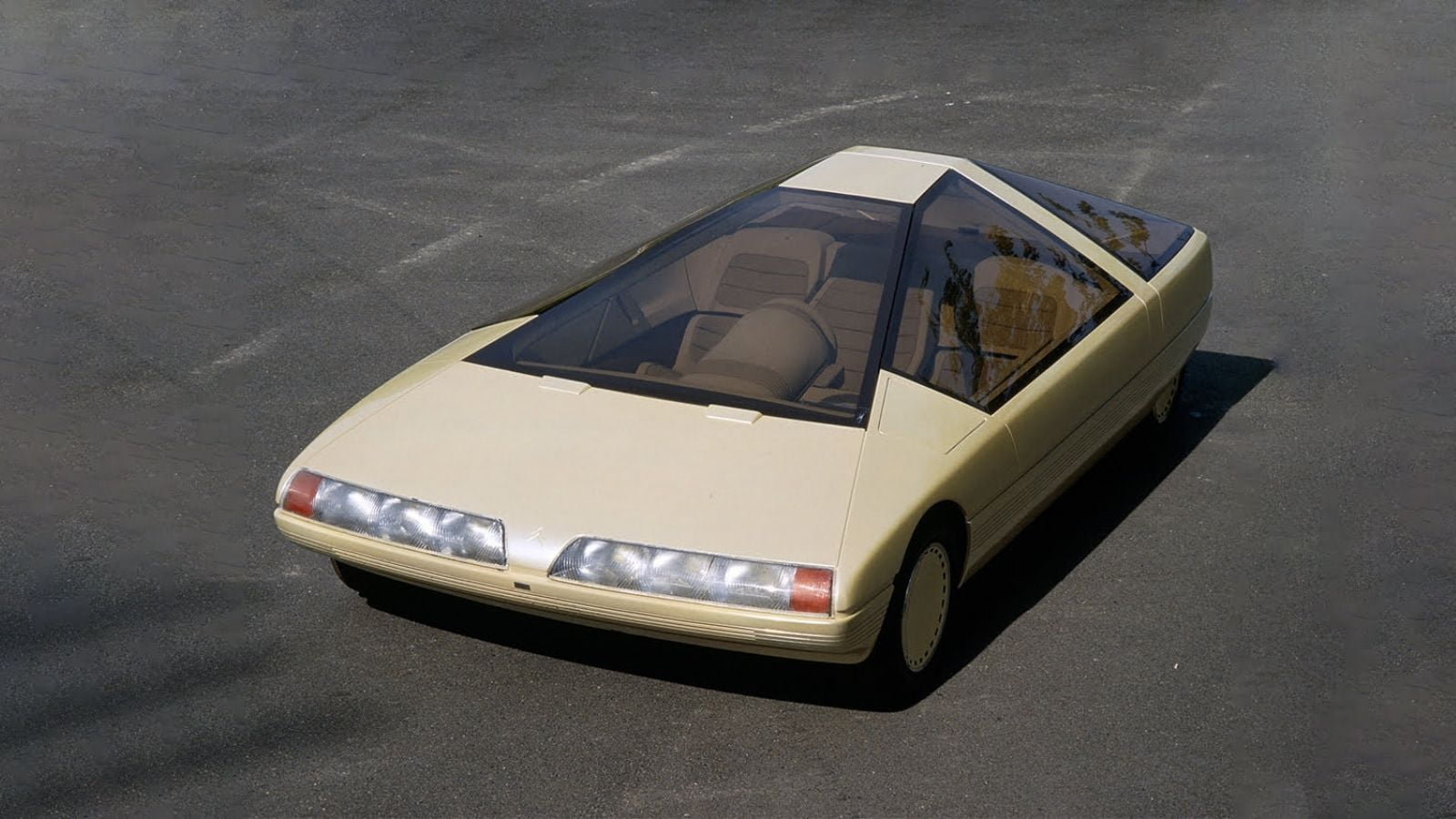
Citroën’s Karin, unveiled in 1980, sported a pyramid-shaped design that looked more like modern art than a car. With a sharply sloped windshield and minimalistic interior, the Karin was intended to showcase futuristic automotive design. However, its impractical shape and the challenges of integrating standard car features into a radical form meant the Karin remained a concept.
The Buick Y-Job’s Hidden Headlights
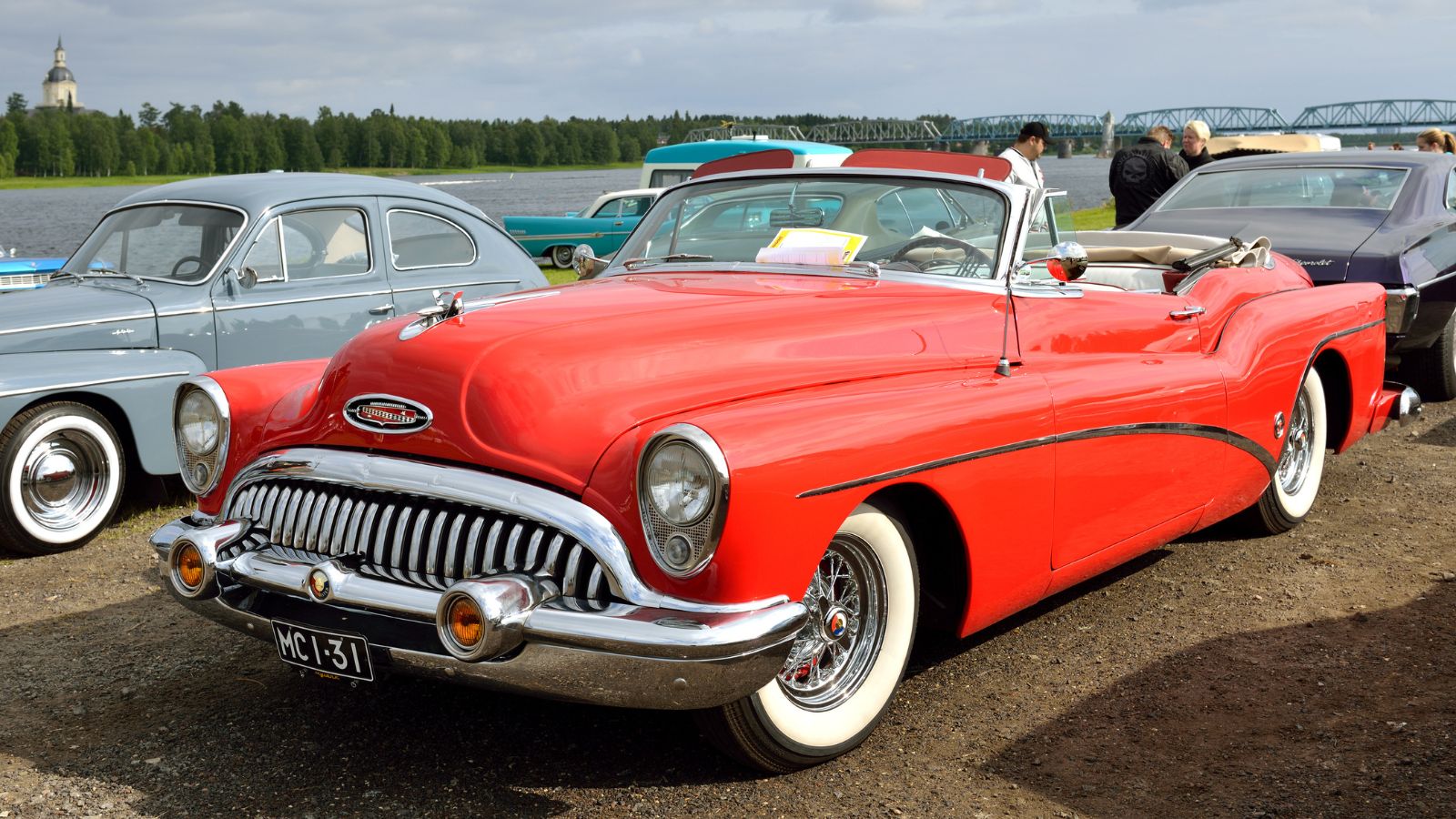
The 1938 Buick Y-Job, considered the world’s first concept car, introduced hidden headlights that retracted into the car’s body. This feature aimed to improve aerodynamics and aesthetics. While hidden headlights eventually became popular in later decades, the complex and costly mechanisms required for the Y-Job’s design prevented them from becoming standard in its time.
The Oldsmobile Golden Rocket’s Dual Bubble Canopy
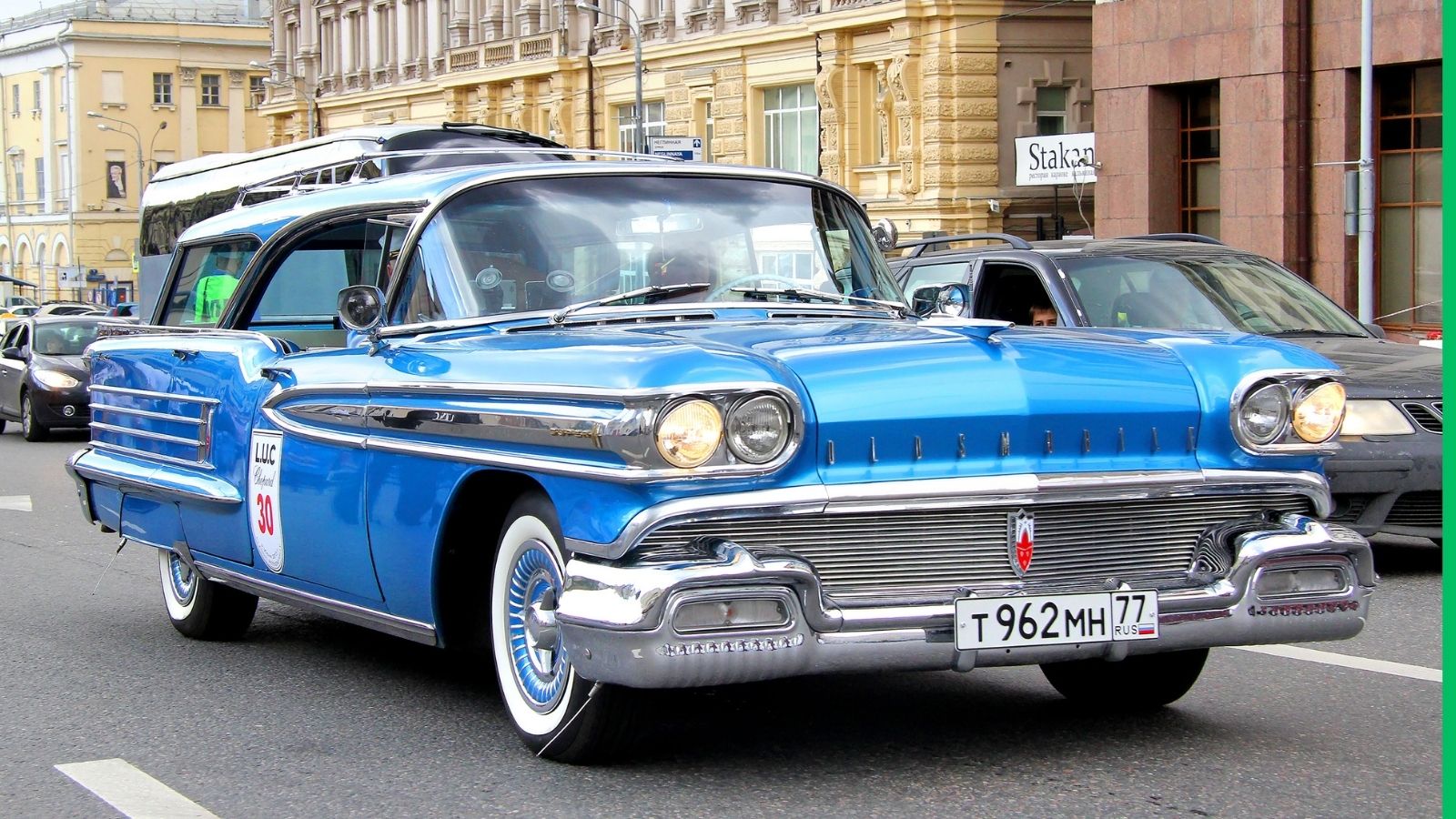
Designed by Harley Earl, the Golden Rocket’s canopy consisted of two separate protruding domes, creating an almost space-age aesthetic. These twin canopies opened like the doors of a fighter jet, offering a dramatic way to enter and exit the car. Despite its futuristic appearance, the impracticality of maintaining such a design and the potential for overheating under direct sunlight kept it from production.
The Mercedes-Benz F 015’s Autonomous Lounge
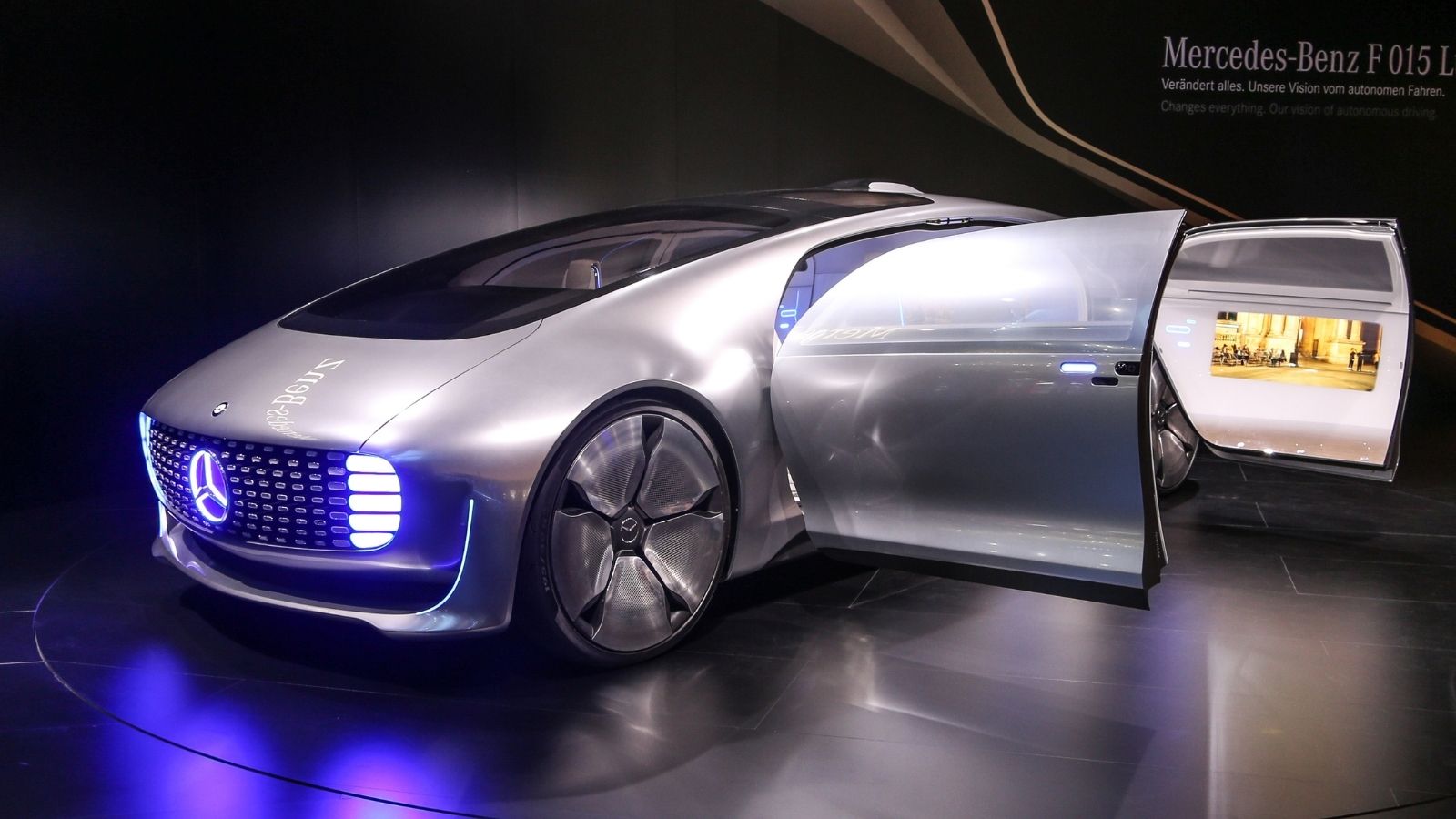
The Mercedes-Benz F 015 Luxury in Motion, revealed in 2015, envisioned a future of autonomous driving with an interior more akin to a lounge than a traditional car. The seats could swivel to face each other, creating a social space for passengers. While autonomous driving technology has progressed, the complete reimagining of car interiors as lounges is still a futuristic concept that has yet to become mainstream.
14 Cars with a Reputation for Running Forever and Why They Outperform the Rest
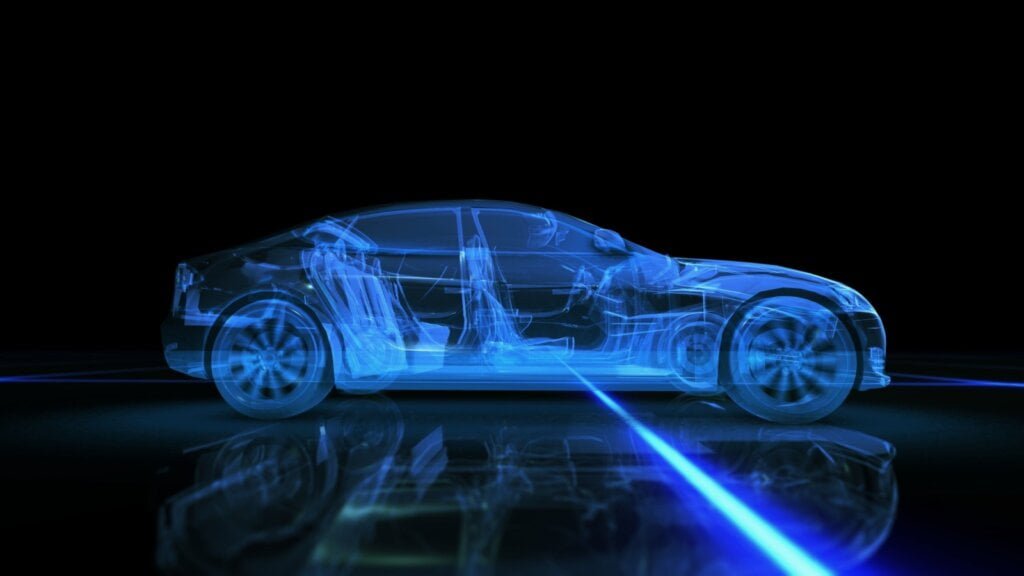
In the dynamic world of automobiles, some cars stand out for their remarkable longevity and enduring performance. These road warriors have earned a reputation for running seemingly forever, outpacing their counterparts. This article will explore 14 such vehicles and the reasons behind their legendary durability.
14 Cars With A Reputation For Running Forever And Why They Outperform The Rest
